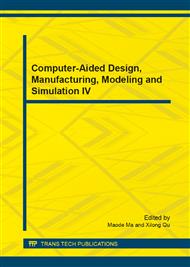p.1010
p.1015
p.1020
p.1025
p.1030
p.1035
p.1041
p.1046
p.1051
Study of Three-Kettle Coagulating Process in Production of Cis-1,4-Polybutadiene Rubber
Abstract:
with the economic development, the three-kettle condensation process is more and more widely applied. This paper introduces three-kettle condensation and its features and advantages. Comparing the changes of steam consumption and solvent residue in rubber before and after the modification of the cis-1,4-polybutadiene rubber condensation system, the obtained result shows that compared with the two-kettle condensation, the three-kettle condensation system can steam by 25%, and also can reduce 50% of the solvent residual liquid in rubber. The results after the process optimization on three-kettle condensation system show that the bottom temperature of No.1 kettle is 85 °C, and the top pressure is 48 kPa; the bottom temperature of No. 2 kettle is 102 °C, and the top pressure is 90 kPa; and the top pressure of No. 3 kettle is 10 kPa. In addition, here points out the differences in optimization, and gives suggestions to the optimization.
Info:
Periodical:
Pages:
1030-1034
Citation:
Online since:
October 2014
Authors:
Price:
Сopyright:
© 2014 Trans Tech Publications Ltd. All Rights Reserved
Share:
Citation:


